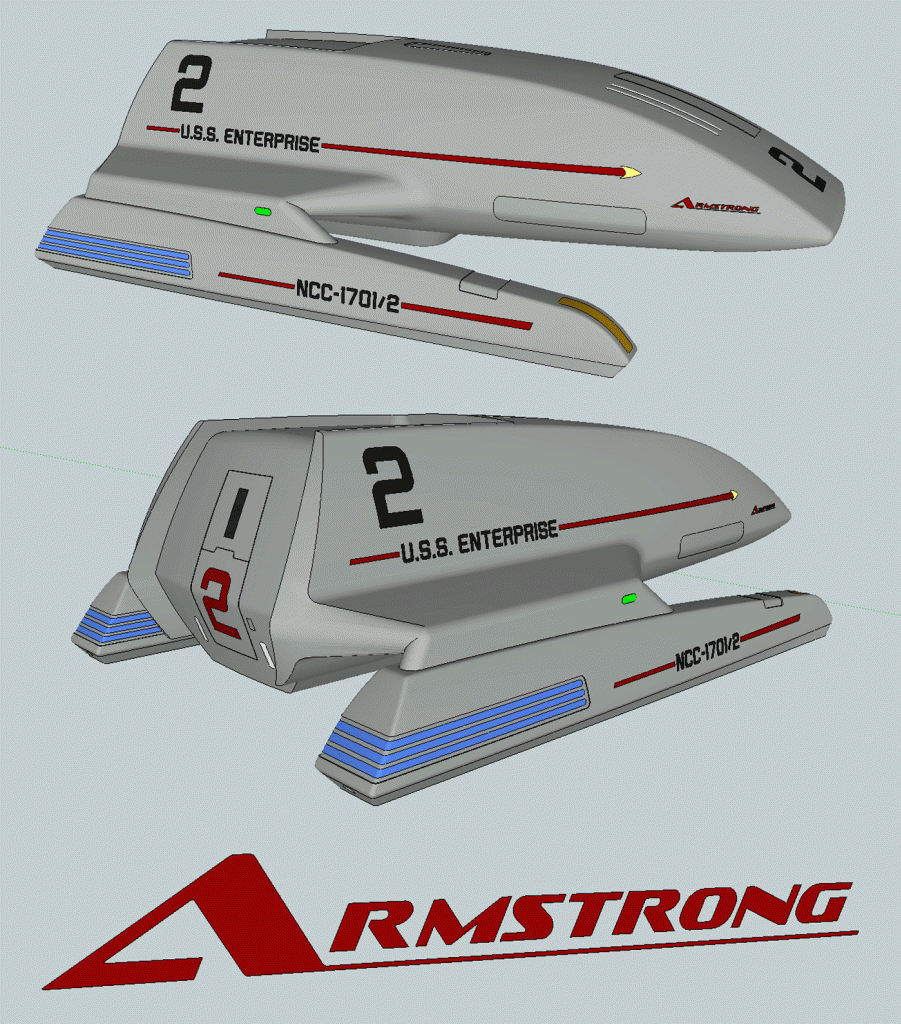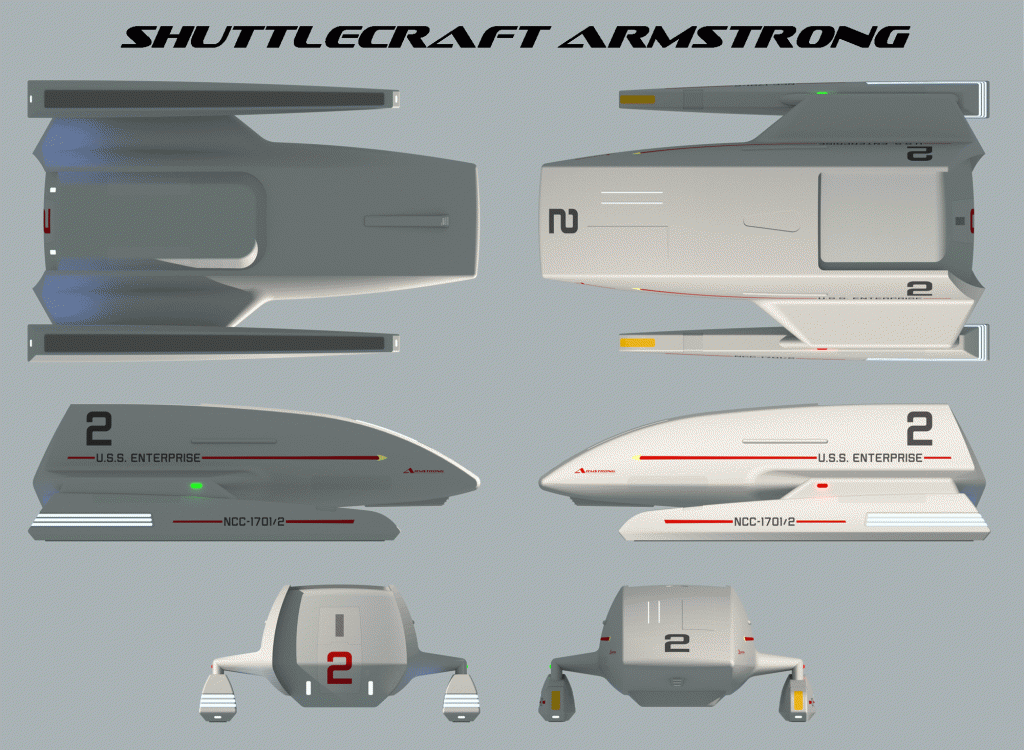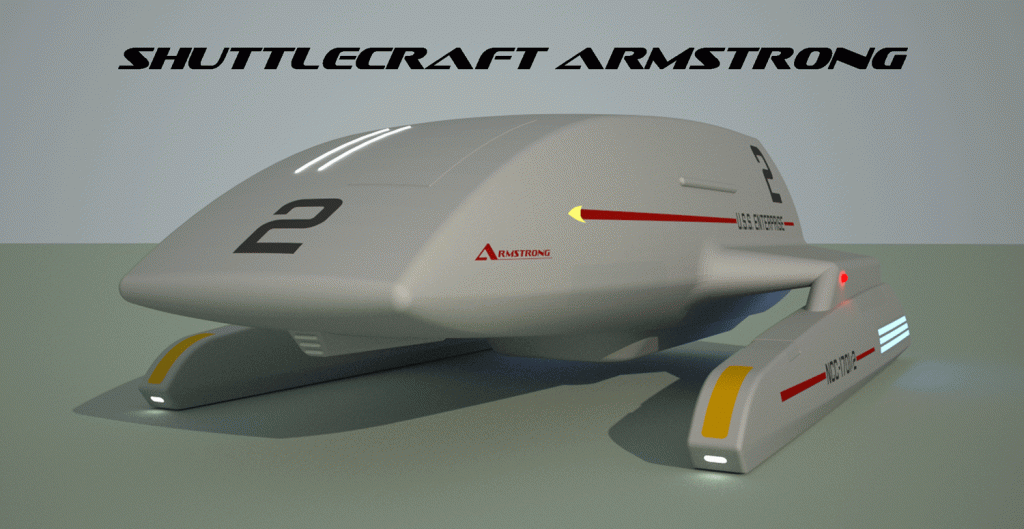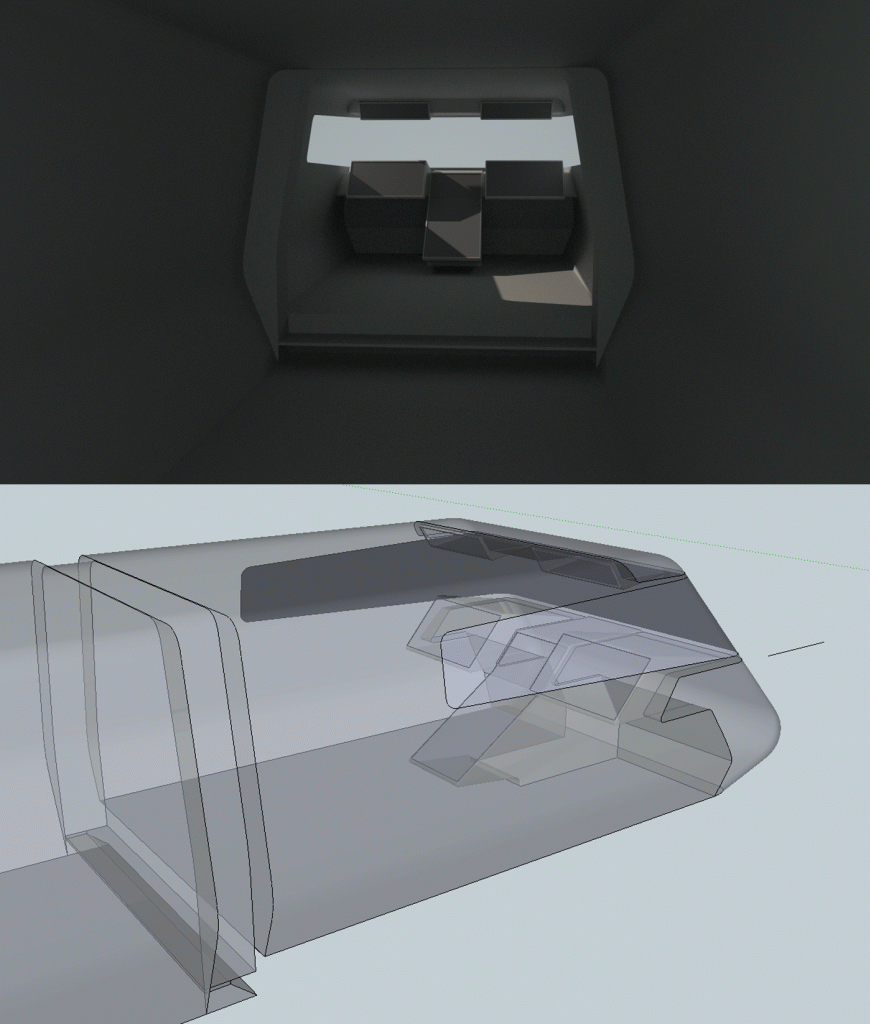Auxiliary Craft Classification
Class 1 – single occupant, low velocity, limited range (workpod)
Class 2 – multiple multiple occupant, low velocity, limited range (orbital travel pod)
Class 3 – multiple occupant, medium velocity, limited range (light or medium surface-to-orbit flyer or transport)
Class 4 – multiple occupant, medium velocity, limited range (heavy surface-to-orbit flyer or transport)
Class 5 – multiple occupant, sublight velocity, medium range (intrasolar planet-to-planet or ship-to-planet shuttlecraft or light transport)
Class 6 – multiple occupant, sublight velocity, medium range (intrasolar planet-to-planet runabout or medium transport)
Class 6B – multiple occupant, FTL velocity, medium to extended range, (interstellar planet-to-planet or ship-to-planet light or medium shuttlecraft, runabout or transport with detachable FTL stardive section)
Class 7 – multiple occupant, sublight velocity, medium range (intrasolar planet-to-planet or ship-to-planet specialized survey transport for extreme planetary environments)
Class 8 – multiple occupant, sublight velocity, medium range (intrasolar planet-to-planet heavy transport)
Class 9 – multiple occupant, FTL velocity, medium to extended range (interstellar planet-to-planet or ship-to-planet shuttlecraft or light transport)
Class 10 - multiple occupant, FTL velocity, medium to extended range (interstellar planet-to-planet or ship-to-planet runabout or medium transport)
Class 11 - multiple occupant, FTL velocity, medium to extended range (interstellar planet-to-planet or ship-to-planet specialized survey transport for extreme planetary environments)
By this definition the Enterprise's shuttlecraft (such as the Amstrong) are Class 9 Auxiliary Craft. Something like the TAS Heavy Lander or Aquashuttle could be Class 7 or Class 11 depending on FTL capability.











